Efficient Anisotropic Mesh Adaptation for Transient Simulations Using Graph Neural Networks
Please login to view abstract download link
Anisotropic mesh adaptation is a powerful hh-adaptation technique for optimizing mesh density and orientation in computational physics, especially for unstructured meshes with complex 3D geometries. This method employs continuous mesh representation models, using the tensor of second derivatives of the discretization error to guide local mesh modifications and minimize global error across the domain. The adaptation process typically involves an iterative mesh-solution loop to align the mesh with the solution, which becomes computationally prohibitive for transient fluid flow simulations, often requiring multiple iterations per timestep. To reduce this cost, practitioners commonly simplify the process to a single adaptation step per timestep, at the expense of accurate alignment between the mesh and the solution. Furthermore, conventional methods align meshes with solutions from previous timesteps, posing significant challenges for transient problems with high-gradient variations, such as turbulent flows. In this work, we introduce Adaptnet, a Graph Neural Network (GNN) framework designed to learn anisotropic mesh adaptation metrics via a predictor-corrector approach. Adaptnet predicts the solution for the current timestep, adapts the mesh accordingly, and computes the aligned finite element solution. Specifically, it predicts components of the second derivatives tensor used for mesh adaptation, enabling efficient and precise alignment with the evolving solution. We validate Adaptnet on structural and fluid mechanics problems, demonstrating its effectiveness in accurately predicting adapted meshes at each timestep for transient problems.

